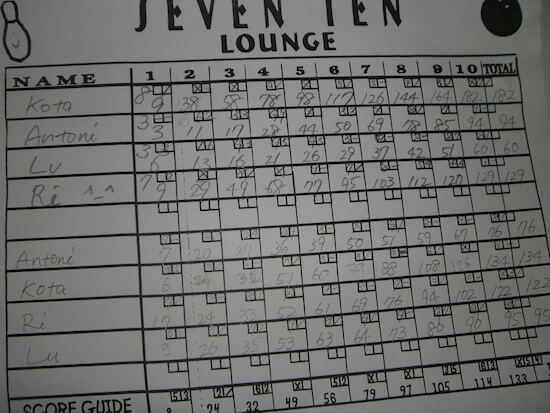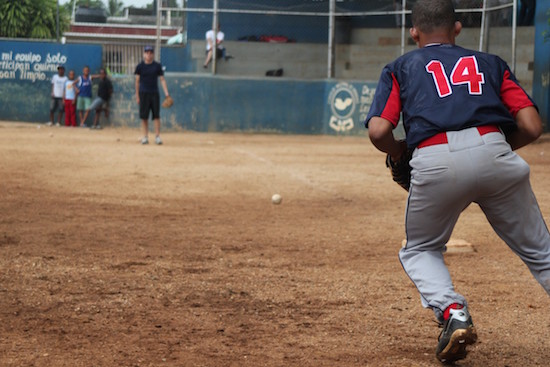
The annual salmon run has either started or will be starting in many parts of British Columbia. These fish will be travelling to reach their breeding grounds. This is a great opportunity to teach students about the B.C. salmon run, and the issues surrounding salmon. Learning about this event can educate kids on the province’s ecosystem, global warming and the environment. It can also introduce kids to the idea of political debate. It can show how governments can step in to interfere in the lives of their subjects, in a way that is tangible to kids.
First things first: where can you watch the B.C. salmon run?
You can watch the salmon run up close and personal at any spawning stream in the province. During the run, salmon travel up B.C.’s rivers to find the original place where they were birthed. This is a process called natal homing. Once salmon arrive at their destination, they dig a small nest called a redd and lay their eggs.
Spawning streams and the rivers leading up to them are often the best place to get a look at the salmon run. But if you don’t have access to a spawning stream, there are also plenty of hatcheries that you can visit. Take a look at this government list to figure out the stream, river or hatchery closest to you.
Fish ladders are also a great place to observe salmon. They are passageways that mimic rivers. These structures are built in areas where dams or other facilities have prevented salmon from accessing their spawning grounds. Think of it like a highway, but for salmon! Hell’s Gate in Boston Bar , B.C. (near Hope) has one you can check out while also taking a ride on the airtram.
But what if you want to watch salmon runs in other parts of Canada?
The same principles apply. Both Pacific and Atlantic salmon go back to their birthplace to spawn. Spawning streams, hatcheries and fish ladders are the best places to view the run, regardless of where you are in Canada. Salmon Atlas has a fantastic collection of maps that show where you can watch the fish.
Teaching the importance of salmon in our history, culture and food system
It’s important for kids to know that salmon isn’t always as available as we want it to be for a food source. And usually, our human behaviour is at the centre of this problem. This has caused multiple political discussions, especially when salmon populations decline significantly. Historically, government regulations have had to control our fishing habits. In fact, that’s what salmon hatcheries are for! When you visit a hatchery, make sure your kids know it’s not just a zoo or museum, but that it has a real purpose – to keep us fed!
But salmon is not likely to fall out of our diets soon. Salmon essential to First Nations culture, and our government sees that as an important practice to protect, despite the disputes it has caused. Ask your kids how they feel about conflict over fishing. Do they know why First Nation people are allowed some rights that other Canadians aren’t? What’s their take on this? Try not to induce opinions, but see what your kids or students might say. It can help you learn about their thought processes.
Aside from that, salmon farms are another way of producing fish, which may be hard to imagine after watching such strong fish freely swim upriver. Some kids may have heard about this term, “wild salmon.” What does that mean? Why do restaurants and grocery stores need to point out that a salmon is “wild” in order for you to want to buy it? This is another controversial topic that kids can be introduced to. While a health debate may be premature, an understanding of our food supply system can help draw a fuller picture for kids who may not yet know how a salmon dinner landed on their plate one evening!
Teach students about the B.C. salmon run’s relationship to the ecosystem
Learning about the salmon run is crucial to learning about how British Columbia’s environment works. For example, many predators depend on the salmon run as a source of food. Bears can often be seen waiting at a river to snatch the fish. If children are interested in learning about this, the BBC has a great video clip they can check out. Eagles spend a lot of time perched in the trees, looking for carcasses to eat because the fish die after they spawn, while seagulls or other birds hover together to eat eyeballs and other parts. The dead salmon contribute to the nitrogen cycle of the surrounding area. Their bodies fertilize the trees help allow rich foliage to grow.
How the salmon run relates to global warming
You can even use the salmon run as an educational tool to show the effects of global warming. According to the State of Salmon in Watersheds report, higher temperature caused by climate change can hurt the salmon run. Water temperature becomes warmer and salmon get more stressed under these conditions. It’s easier for them to die on the journey, and CBC reports we are seeing that happen right now. Record droughts we’ve encountered this year are also lowering the river and stream levels, making it harder for the fish to swim.
Be proactive!
The value of teaching kids about the B.C. salmon run is that it has so many lessons attached to it. Students get to learn about the food chain, the nitrogen cycle and global warming at the same time! If kids show interest, take them to see a fish ladder, spawning stream or hatchery!






